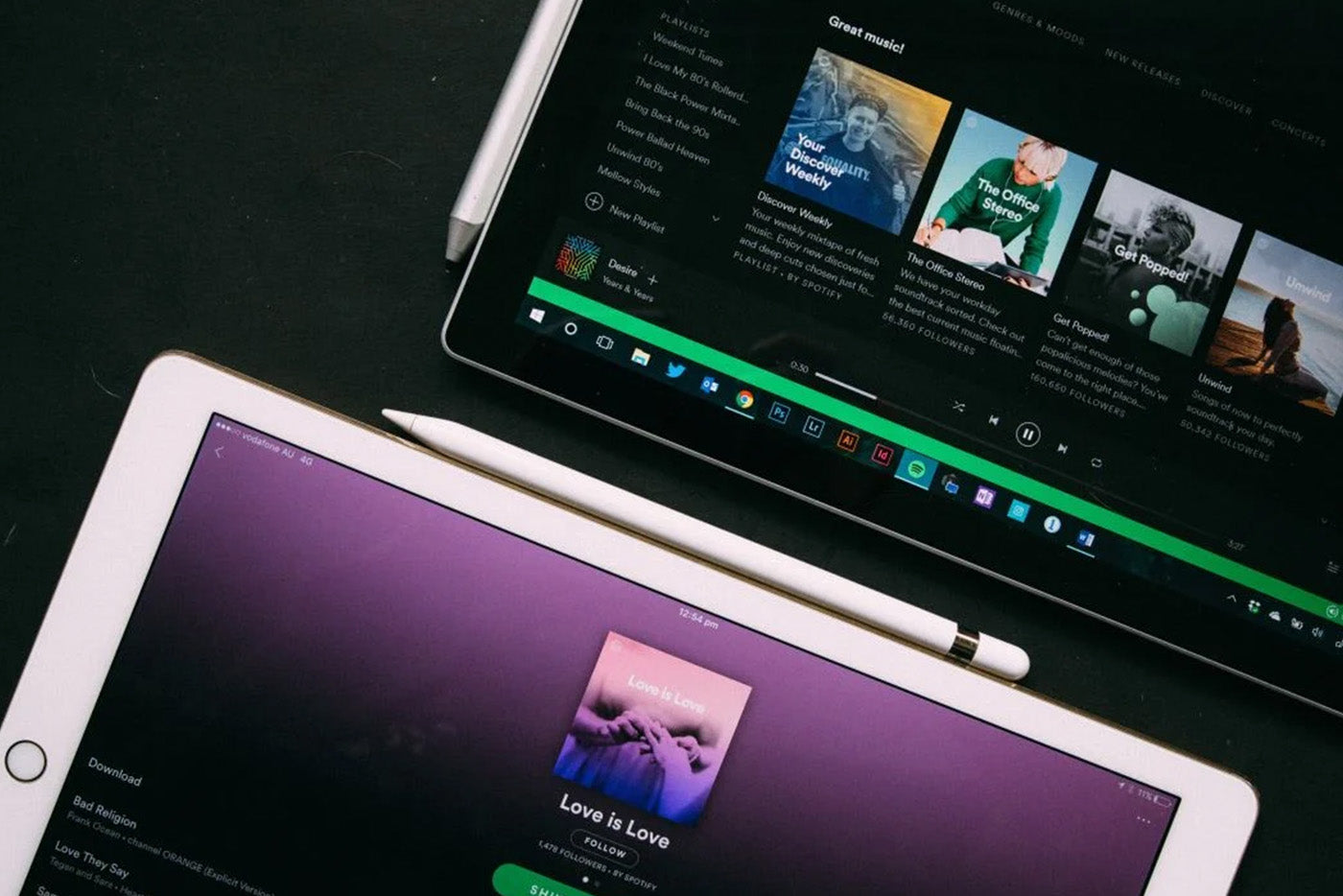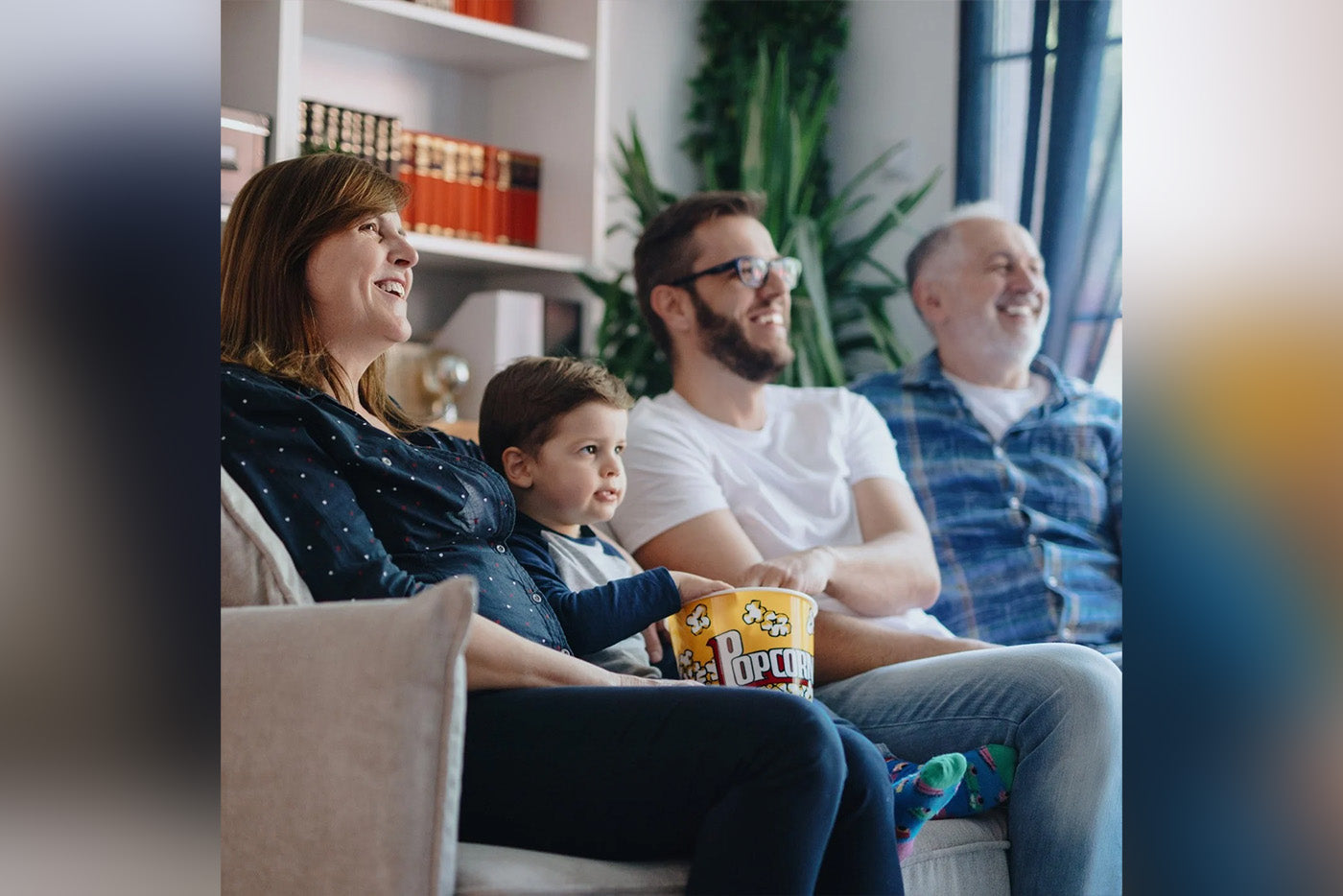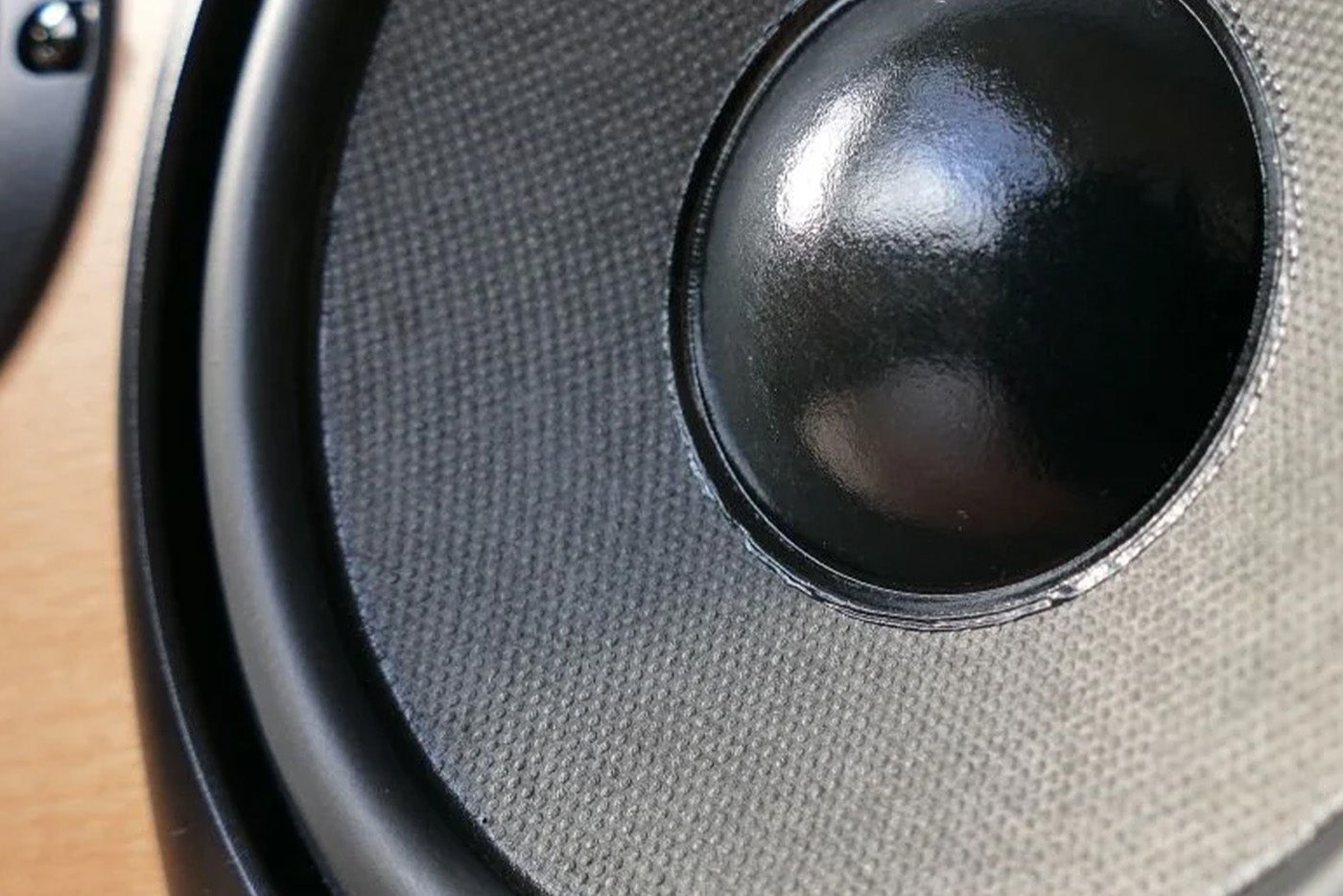In our discussions about using the HDSX box for background music, we repeatedly come across venues that trust in their own taste in music and make the effort to create their own playlists on Spotify or other music service providers. The idea behind this is, of course, that you don't want to leave anything to chance when choosing music.
The idea is good, but the implementation is extremely risky. Hardly anyone knows that all providers of music services only offer them for purely private purposes. Even the purchased premium account does not entitle the customer to commercial use. Anyone who does so risks receiving severe fines.
And if you think that the commercial use of your private account will not come to light, you should realize that every company is surrounded by lawyers, former employees and competitors. The risk of being "reported" is therefore unfortunately high and the penalties can be retroactively four-figure - depending on the length of time the account was used.
What hardly anyone considers is that every public musical performance also requires the payment of a GEMA fee. The amount of the fee depends on the size of the venue. In addition, the GVL (Society for the Exploitation of Performance Rights) demands a surcharge of around 25% on the GEMA fees paid. And anyone who broadcasts local radio over the loudspeakers must also pay the GEZ fees.
Broadcasting background music in a commercial environment, such as a restaurant, hotel or retail store, always requires a commercial usage permit and must be registered with GEMA. For those interested, we have partners and solutions ready that solve this problem legally and at a preferential price. And these partners then take care of the music selection, with changing playlists depending on the time of day, seasonal adjustments and individual arrangements for events. Just talk to us.
Broadcasting background music in a commercial environment, such as a restaurant, hotel or retail store, always requires a commercial usage permit and must be registered with GEMA. For those interested, we have partners and solutions ready that solve this problem legally and at a preferential price. And these partners then also take care of the music selection, with changing playlists depending on the time of day, seasonal adjustments and individual arrangements for events. Just talk to us. And we then provide the best sound with the HDSX box: We improve the sound without any modifications or hardware replacement.
Unwanted volume fluctuations are not only a problem in music playlists. When watching TV and streaming, too large volume differences between, for example, explosions that are too loud and dialogues that are too quiet can cause discomfort for you or your neighbors, who might feel disturbed. In order to be able to understand everything, you constantly adjust the volume with the remote control in the hope of compensating for the differences, but this doesn't work because you don't know the film and don't know what's coming. The result is an unsatisfying experience in your own four walls.
To improve the TV sound, additional speakers are the most common approach. This allows you to bypass the often low-quality TV speakers. The most common sound systems for TVs are soundbars, which are placed in front of or under the TV. There are also sound decks and sound bases on which you place the TV, as well as hi-fi systems with AV receivers that address individual speakers that are distributed around the TV in the best way for sound enjoyment.
Unfortunately, most of the external speakers for TVs mentioned above are unable to reliably achieve the desired sound result of consistent volume and clear speech. Otherwise this problem would be solved, but despite all the technology, it is still widely known.
The HDSX TV Sound Optimizer provides a solution. A palm-sized device that is integrated into the signal path between the television and an external TV sound system using plug and play. The optimizer creates consistent volume and reliably clear speech for the first time using a new technology called HDSX - High Definition Sound Expansion, which optimizes the sound in real time.
This is made possible by a sophisticated algorithm that runs on a powerful DSP. This new type of sound control not only optimizes volume fluctuations within programs, such as adjusting the advertising blocks that are too loud to the rest of the program, but also works across programs and sources. So if you switch from Netflix to ARD and from there to YouTube, the basic volume remains constant and you can completely indulge in the sound enjoyment, where previously you had to adjust the volume for each program source, as there is no volume standard for different providers between classic television programs and streaming and internet providers.
By dynamically raising the level of language, which always sounds consistent in context, the actors' dialogues are consistently understandable without overstraining the ear. The dynamics that are important for the dramaturgy are retained, so that the TV and streaming sound remains lively and interesting to listen to.
In contrast to a traditional hearing amplifier, the Optimizer regulates discreetly and never to extremes. Family members with reduced hearing can also continue to enjoy the company of others without having to put on their own headphones or place their own speakers next to them in the hope of better understanding all the program content. The Optimizer is aimed precisely at bringing all generations together in front of the television, as different age groups benefit differently from the Optimizer.
It is more than just a hearing aid or a hearing amplifier. It adjusts volume changes imperceptibly and in real time, creating a consistent but still interesting sound experience while providing consistently clear speech on all channels and platforms. Gamers also have clear advantages with the HDSX TV Sound Optimizer: Due to the greater level of detail in the optimized sound, you hear more than your enemies and therefore have an invaluable advantage in the field over everyone else who does not use an optimizer.
The rapid succession of volume differences is particularly noticeable on YouTube. Since anyone can upload their own content here, there are also very different sound qualities and volume levels. Since the portal makes its money from advertisements, which are always produced professionally and at maximum volume, the volume difference to subsequent content can be extreme. So here too, you're constantly sitting in front of the TV with the remote control and balancing out the volume fluctuations if you're not using the HDSX TV Sound Optimizer.
It works like a hearing amplifier that actually lowers the volume to a minimum, while leaving the already optimally loud sound parts unchanged. This means that external speakers for TVs automatically sound a lot better, as the stroke of the speaker membranes is used optimally. No sound detail is lost, the listening experience is harmonious and YouTube also becomes a channel that can be heard through.
The optimizer is compatible with all TV boxes and significantly improves their performance. In addition to the product variant with digital optical TOSLINK connections, there is also an HDMI ARC variant, which allows you to control all connected TV sound systems with just one remote control. Both models have an interesting additional function called HDSX.360. With the TOSLINK variant, the virtual 3D surround sound is played on the analog output of connected headphones and sound systems in general.
The HDMI ARC version is specially designed for connected TV sound systems. HDSX.360 creates a wide sound stage where speech comes clearly and from the center, while music is widely distributed across the sides of the left and right speakers and the sound effects are distributed in the room as they were originally produced. Since this is a virtual sound effect, there is no need to purchase additional surround or 3D speakers. The original design of the living room or bedroom is retained.





Leave a comment
All comments are moderated before being published.
This site is protected by hCaptcha and the hCaptcha Privacy Policy and Terms of Service apply.